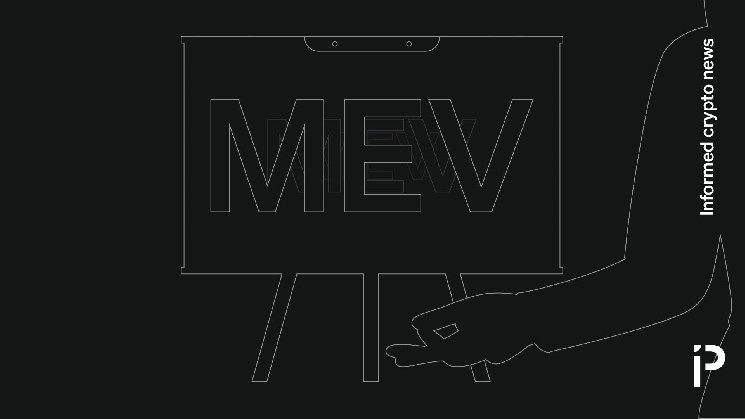How crypto traders can utilize MEV in blockchain transactions

Blockchain
Maximum extractable value (MEV) refers to all of the money that can be extracted by reordering, viewing, adding, including, or excluding transactions within a block. The vast majority of MEV occurs via decentralized exchanges (DEXs) like Uniswap.
In all financial markets, the order of transactions is one of the most important determinants of price — think quants who colocate nearby exchange servers with fiber optic cables to ensure their orders fill first.
Very often, discussions of MEV include the parties responsible for confirming transactions for ERC-20 tokens on Ethereum, which can come with issues such as validators being complicit with trading bots. Digital asset market participants have other ways to extract MEV using the different types of maximum extractable value.
Here are the four types of MEV:
Sovereign MEV
Blockchain communities can attempt to control their own MEV through sovereign MEV, which refers to setting protocol rules for extracting MEV, such as which tactics for extracting MEV are allowable — and where MEV can accumulate.
A protocol’s community can decide who and what to prioritize via sovereign MEV practices, often with consequences for breaking these rules. With some blockchains with sovereign MEV rules, for example, an abusive validator might face penalties such as staking pool users moving to another staking platform or validator. Others allow the community to decide who gets the MEV or how MEV is generated.
Read more: Ethereum tries to reduce MEV with blockers and rebates
Internal MEV
Internal MEV refers to MEV generated directly on an application-specific blockchain or ‘appchain.’ This form of MEV allows application developers to set rules that include the acceptable methods for capturing MEV. It can use atomic arbitrage, a trading strategy that places a buy order on one trading platform and a sell order of an equivalent quantity on another trading platform at the same time.
CeFi-DeFi MEV
CeFi-DeFi MEV uses a form of arbitrage that exploits the differences between centralized exchanges and decentralized finance apps. An asset’s price tends to update on centralized exchanges before on-chain pools and DEX liquidity providers can reposition.
CeFi-DeFi MEV is one of the largest generators of MEV due to activity from arbitrage traders.
Interchain MEV
Interchain MEV takes advantage of the idea that most blockchains operate in ‘silos’ that don’t permit them to natively ‘see’ what’s happening on other blockchains. For example, the Bitcoin network cannot (excepting the use of third-party oracles) ‘see’ transactions on the Ethereum blockchain.
Interchain MEV allows traders who can analyze cross-blockchain data to profit from swapping assets across blockchains via bridges or DEXs. Interchain MEV and associated arbitrage tactics happen most often in cross-domain blockchains like Cosmos.
MEV is unavoidable
Even Ethereum founder Vitalik Buterin has admitted that MEV will always exist in Ethereum. Validators can always select the transactions with higher fees — even if those transactions are from obvious front-running or sandwich attackers. MEV traders use a variation of arbitrage and other techniques to maximize profits.
On the bright side, developers can build ways to keep MEV under control by adding rules on who can get the rewards and how users can extract MEV from their blockchains through sovereign MEV practices.





